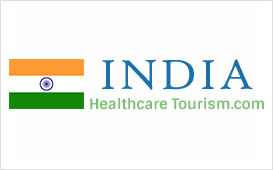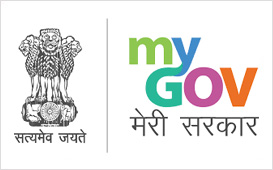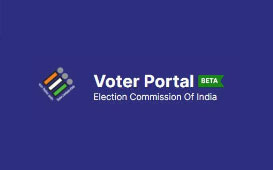Menu
- Home
- Embassy
- Consular Services
- Bilateral Relations
- Indian Community
- Commerce
- Education
- ICCR's Atal Bihari Vajpayee General Scholarship Scheme (A1201)
- Information on continuation of education in Moldova for Indian Medical students evacuated from Ukraine.
- Information on academic mobility of foreign students from Ukraine to Iuliu Hatieganu University of Medicine and Pharmacy, Cluj-Napoca, Romania
- ITEC Scholarship
- VAJRA Scheme
- Scholarship Programme for Diaspora Children (SPDC)
- Scholarship program by Romania to foreign citizens
- Kendriya Hindi Sansthan: Academic Session 2025-26
- ICCR's Lata Mangeshkar Dance & Music Scholarship Scheme for Indian Culture
- ICCR's Dr. S. Radhakrishnan Cultural Exchange Scholarship Scheme
- Ayush Scholarship Scheme
- Culture
- Media
- Contact









